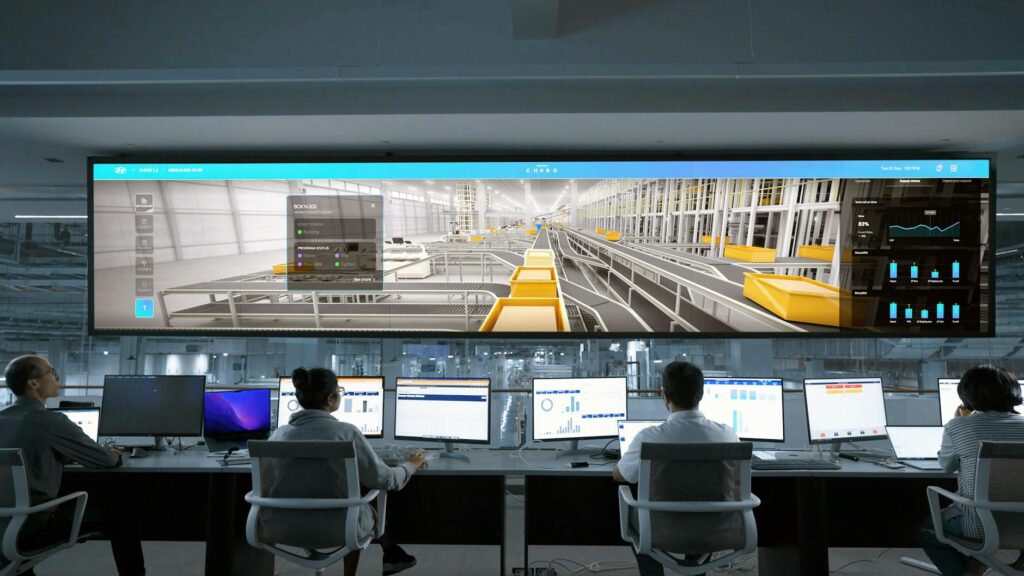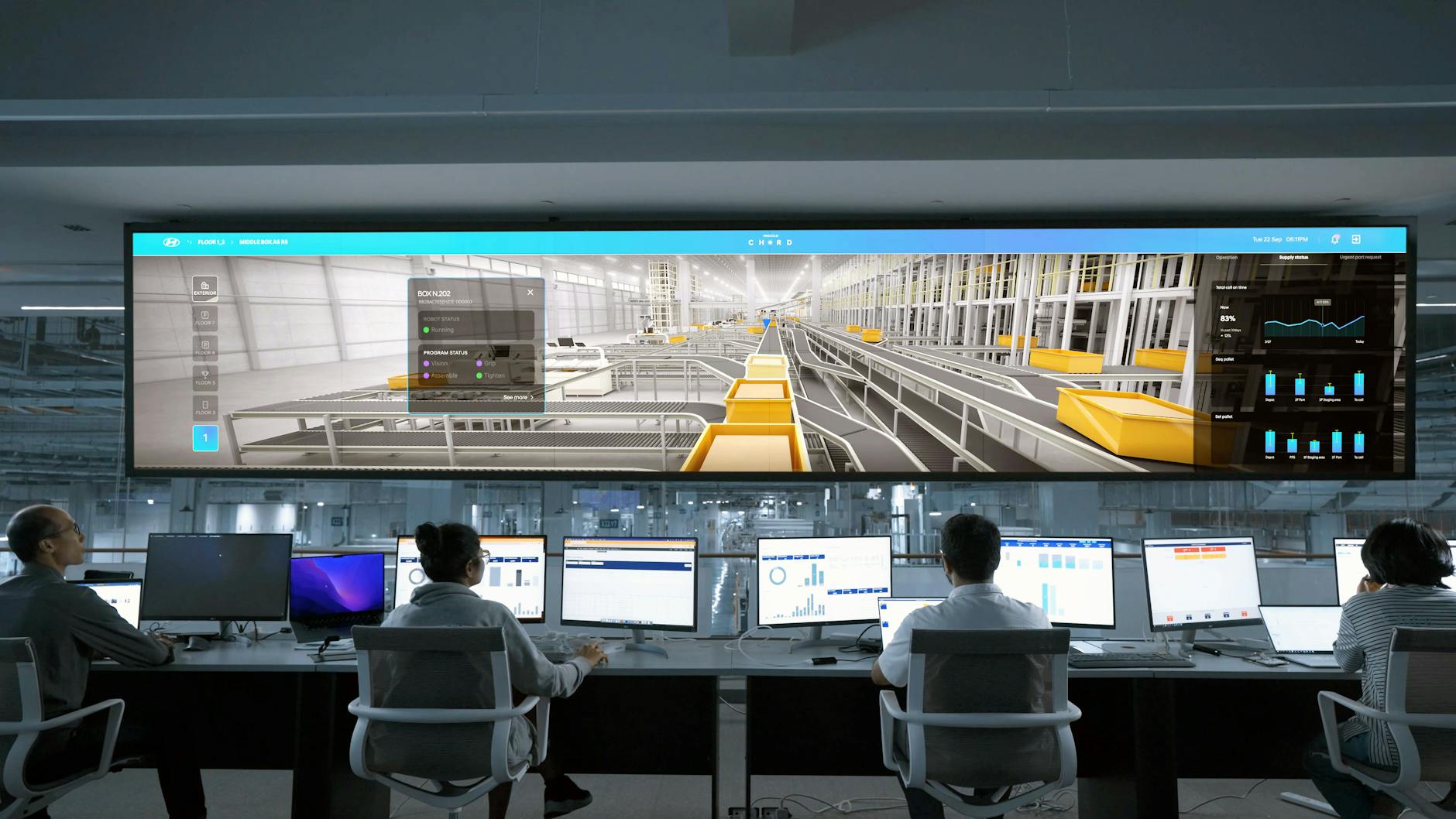What is meeting efficiency methods?

What is meeting efficiency methods?
In today’s fast-paced work environment, effective meetings are crucial for productivity and time management. Have you ever sat through a meeting that felt like a waste of time? You’re not alone. Many professionals struggle with this issue. Implementing meeting efficiency methods can transform how we conduct meetings, ensuring they contribute positively to our work-life balance and personal development.
Understanding how to hold efficient meetings is key to improving productivity. Let’s explore what meeting efficiency methods entail and how they can significantly enhance the effectiveness of your workplace interactions.
Understanding Meeting Efficiency Methods
Meeting efficiency methods focus on optimizing the structure and execution of meetings to ensure they are productive and engaging. These methods address common challenges that arise in traditional meeting settings, making them more straightforward and effective.
Common Challenges in Meetings
Many meetings fall short due to several recurring issues:
-
Lack of Clear Agendas: Without a defined agenda, discussions can stray off-topic, wasting valuable time. An agenda acts as a roadmap, guiding the conversation and ensuring all necessary points are covered.
-
Poor Time Management: Meetings often run over time, leading to frustration among participants. This can happen when discussions go off track or when there’s no designated timekeeper to monitor the clock.
-
Participant Disengagement: When attendees are not actively involved, meetings become less effective. Disengagement can stem from unclear objectives or lack of interest in the topic being discussed.
Understanding these pitfalls sets the stage for implementing effective meeting efficiency methods.
Benefits of Efficient Meetings
Using meeting efficiency methods can lead to several advantages:
-
Improved Productivity: Well-structured meetings maximize the use of time and resources, leading to quicker decisions and outcomes.
-
Better Decision-Making: When meetings are focused, it’s easier to reach consensus and make informed choices. This reduces the chance of miscommunication and misunderstandings.
-
Enhanced Employee Morale: Effective meetings foster a sense of respect for everyone’s time and contributions, which can boost overall morale and engagement within the team.
For more insights on the importance of effective meetings, check out articles from McKinsey and Harvard Business Review.
Key Meeting Efficiency Methods
Here are some practical methods you can adopt to enhance meeting efficiency.
Setting a Clear Agenda
Starting with a well-defined agenda is essential. A clear agenda outlines the meeting’s objectives, topics to be discussed, and time allocations for each section. This keeps the meeting focused and helps attendees prepare in advance, enhancing overall efficiency.
Time Management Techniques
Incorporating time management techniques can keep discussions on track. One effective method is timeboxing, where each topic is allotted a specific amount of time. This encourages participants to be concise in their contributions. Additionally, designating a meeting facilitator can help maintain focus, ensuring that discussions don’t meander off course.
Utilizing Technology Effectively
Technology can be a game-changer in improving meeting efficiency. Tools like video conferencing software, scheduling apps, and collaborative platforms can streamline the process. For instance, using tools like Zoom for virtual meetings or Trello for tracking action items can keep participants engaged and organized.

Photo by Hyundai Motor Group
Implementing Meeting Efficiency Methods
To truly benefit from meeting efficiency methods, it’s crucial to implement them effectively in your workplace.
Training Employees on Meeting Best Practices
Investing time in training sessions can educate employees on meeting best practices. Workshops focused on effective communication, agenda setting, and time management techniques can empower staff to conduct more productive meetings.
Continuous Improvement and Feedback
Gathering feedback after meetings can provide valuable insights into what worked and what didn’t. Use surveys or informal check-ins to assess participant satisfaction and areas for improvement. This approach promotes a culture of continuous improvement, ensuring meetings evolve and adapt to meet the needs of the team.
Conclusion and Final Thoughts
Meeting efficiency methods are vital for improving productivity and enhancing the overall work experience. By adopting these strategies, you can transform meetings from a time-consuming obligation into a strategic tool for collaboration and decision-making.
Embrace these techniques to not only boost your team’s effectiveness but also enhance your work-life balance. Start implementing these meeting methods today, and watch your productivity soar!